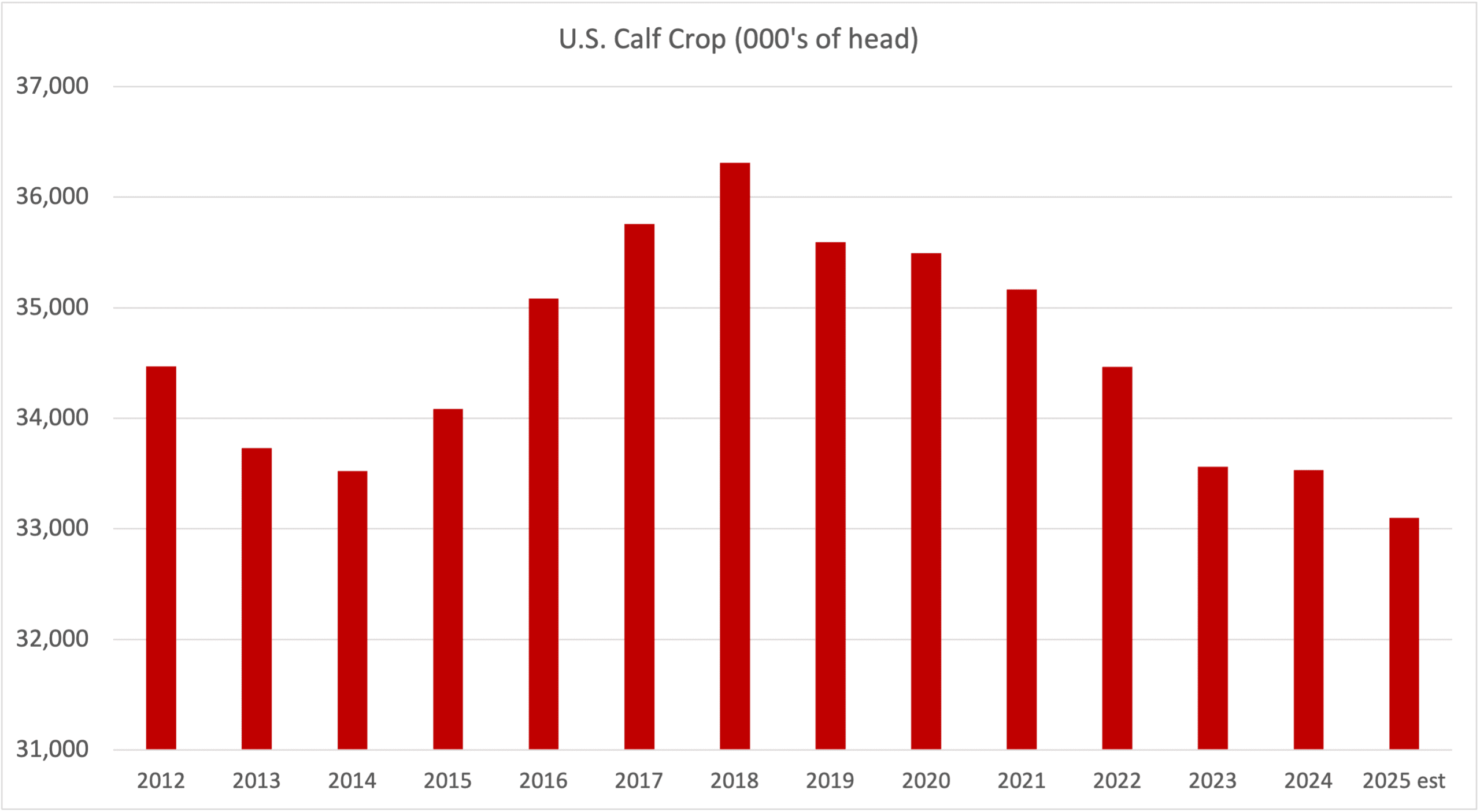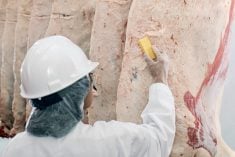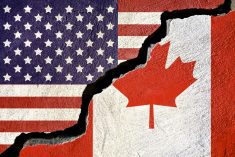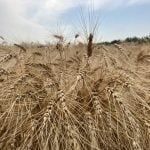Beef demand remained remarkably resilient this summer in the U.S., despite record-high retail prices and much cheaper competing meats. The question that I posed in my June column of how demand would hold up has so far been answered with a “better than expected.” But demand continues to face challenges, not just for consumers but for beef buyers.
Record-high live cattle prices, see-sawing beef cut-out values and reduced beef production have combined to make the wholesale beef market more unpredictable. Overlaying this are concerns about the effect that record-high retail beef prices might have on demand. Average USDA prices in June hit record highs of US$8.14 per pound and US$7.58 per pound for Choice beef and All Fresh beef, respectively. These exceeded the previous peaks seen during the height of the pandemic.
The swings in the beef cut-outs this summer made it extremely difficult to know how much beef to buy and what cuts were the best value, say traders. Some packers stopped offering long-term contracts as they appeared unwilling to make any kind of forward-pricing commitments. No one seems to know whether beef production will decline or increase this third quarter and in the fourth quarter.
Read Also

Factors influencing cattle feeder market during the fall of 2025
Market analyst Jerry Klassen weighs in on live cattle markets
USDA put first-quarter production at 6.82 billion pounds and second-quarter production at 6.71 billion pounds. It forecasts third-quarter production to be 6.81 billion pounds and fourth-quarter production to be 6.82 billion pounds. Its total for the year of 27.16 billion pounds would be down 1.13 billion pounds or four per cent from 2022. Even more ominous for beef buyers is that USDA is currently forecasting 2024 beef production at 24.7 billion pounds. This would be down 2.46 billion pounds or 8.9 per cent on its forecast for 2023.
Analyst Bob Wilson of HedgersEdge.com is concerned both about the record retail beef prices and that competing meats are much cheaper. In June, the composite broiler price of US$2.50 per pound was up five cents from a year ago but below its 2022 peak of US$2.54 per pound, he notes. Pork prices continue to trend lower, averaging US$4.68 per pound in June, and were 5.1 per cent under year-ago levels.
Pork and chicken were expected to be the beneficiaries of additional retail features through the dog days of summer, says Wilson. The measurable effect on beef demand of record-high beef prices will be determined by consumers’ acceptance of or resistance to value propositions from the competing meats. However, both employment and wages continue to climb. Despite dramatically higher interest rate levels, some economic forecasts are now promulgating an overall soft landing for the economy. This would go a long way in firming consumer attitudes and expectations, thus helping maintain beef demand, he says.
Wilson and other analysts remained cautiously optimistic about demand in early August, even though the industry remained in its weakest demand period of the year. The good news was that August demand seasonally improves by 1.7 per cent versus that seen in July, noted Wilson. But the ability to maintain consumer demand in the face of rising retail beef prices, coupled with seasonally weaker demand, is a formidable challenge, he added.
Meanwhile, the unprecedented U.S. rally in cash live cattle prices, and to a lesser extent in feeder cattle and calf prices, has made this year one of the most remarkable for cattle ranchers and feeders. Yet the amazing runup in prices may not be over. Supplies of market-ready cattle in feedlots will keep tightening for the rest of the year and supplies of cattle outside feedlots are close to record-low levels.
















